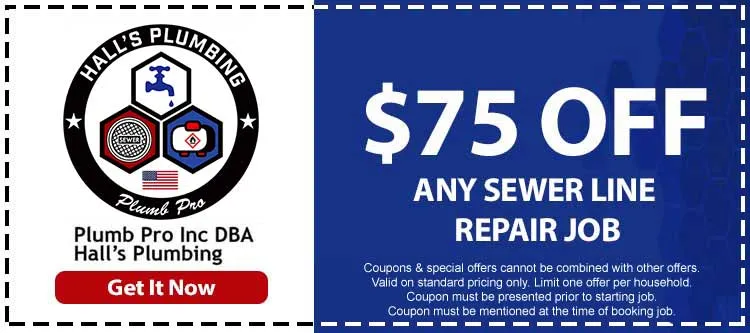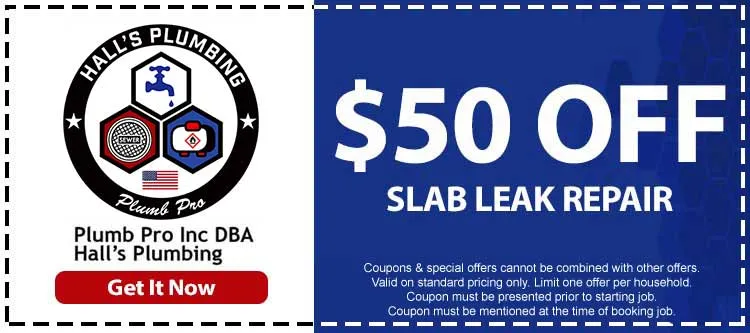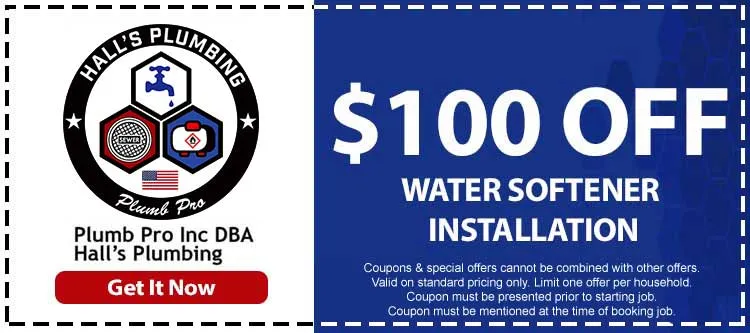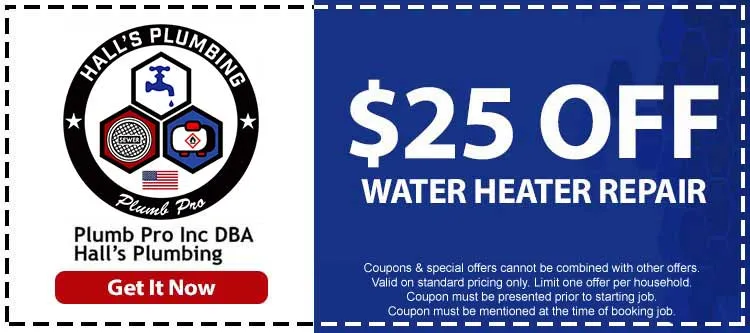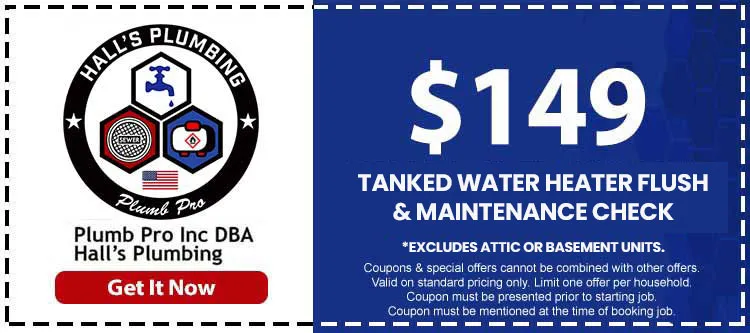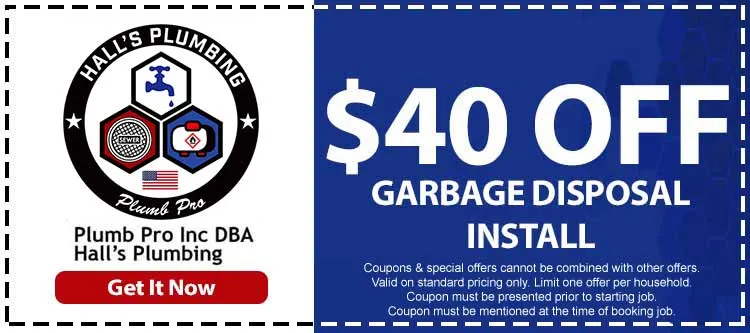Details About The History Of Indoor Plumbing You Should Know
Home |
Today’s American homes have a vast and largely invisible network of technology that most people don’t even think about. But that technology is what makes many modern situations possible.
Some of these include, someone sweaty after a workout ready to hop in a shower and clean up, or someone preparing a meal to turn a tap and get the 100% safe-to-drink cup of water required to finish cooking a meal.
That technology is known as indoor plumbing, and even though it may appear to be clunky and backward in a world where smartphones can take pictures and connect to the Internet, it’s an essential part of our lives. And it took thousands of years of engineering to get it to the point where 21st-century residents can just take it for granted.
Plumbing Pushed Civilization Forward
 For the ancient Egyptians, plumbing wasn’t just a matter of convenience, the welfare of their entire society depended on it. The desert habitat of Egypt meant that only the Nile River was a constant, reliable source of water, and it forced Egyptians to hug the shore around the river.
For the ancient Egyptians, plumbing wasn’t just a matter of convenience, the welfare of their entire society depended on it. The desert habitat of Egypt meant that only the Nile River was a constant, reliable source of water, and it forced Egyptians to hug the shore around the river.
But by creating clay pipes, Egyptians were able to drink water and nurture crops beyond the shores of the river. In time, they created copper pipes, a material still in use in some pipes today, to allow their settlements to spread.
The Romans took things a big step further in scale and ambition. Their famous aqueducts carried water across huge distances to any populated area that needed it.
But then they created the first mass scale indoor plumbing by allowing some of those aqueducts to branch off, and carry water directly into homes. They even experimented with waste disposal, hollowing out elm logs, and then laying them out to carry off waste for civilization’s first steps at sewage management.
Royalty With Poor Hygiene
 As history progressed, indoor plumbing didn’t always follow. The most surprising examples were the royal courts of France in the 18th century.
As history progressed, indoor plumbing didn’t always follow. The most surprising examples were the royal courts of France in the 18th century.
You’d think that nobles like Marie Antoinette who lived at the height of luxury for the time would be extremely clean, and you’d be wrong. Marie Antoinette, like the rest of her court, only bathed once a month and used perfume to hide the powerful stink.
It was because the palaces were built so far inland, and often ignored practical considerations like water access for a favorable view. This meant indoor plumbing like the Romans and Egyptians had didn’t exist, so water access was poor.
More dangerously, however, it meant sewage management didn’t exist either. So even French nobility had to avoid liquid and solid human waste sitting on rugs, pooling in corridors, and stinking up royal chambers because there was no efficient way to avoid the pile-ups.
Plumbing Today
 The indoor plumbing of 21st century America has come a long way. Modern showers and baths let us bathe anytime we want, and now even appliances like dishwashers can handle cleaning chores.
The indoor plumbing of 21st century America has come a long way. Modern showers and baths let us bathe anytime we want, and now even appliances like dishwashers can handle cleaning chores.
It’s a very different, much more convenient world that we enjoy everyday. And, thanks to professionals like Hall’s Plumbing that watch over the Woodland, CA area, there’s little reason to worry.
Even when something goes wrong, trained experts are available to quickly handle these problems, and return homeowners to convenient, reliable access to water.



